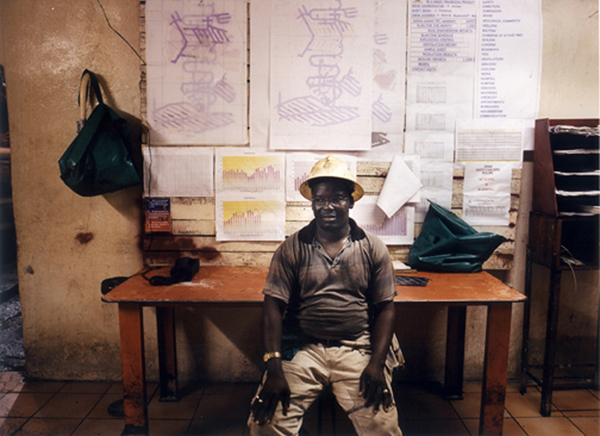
Untitled from Gold Mine series, 2005. C-Print. 125 x 168 cm. Edition 2 of 2. |
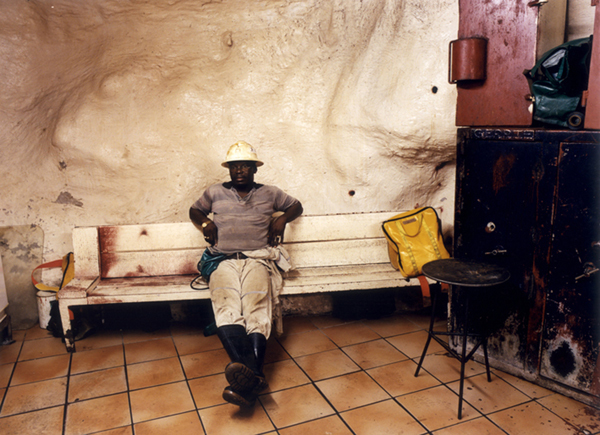
Untitled from Gold Mine series, 2005. C-print. 125 x 168 cm. Edition 2 of 2. |
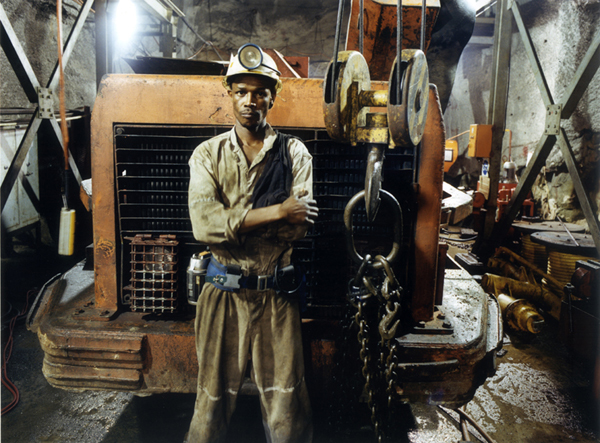
Untitled from Gold Mine series, 2005. C-print. 66 x 186 cm. Edition 2 of 4. |
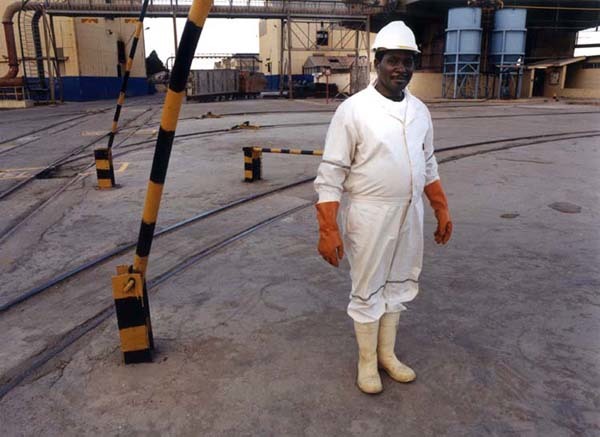
Untitled from Gold Mine series, 2005. C-print. 66 x 86 cm. Edition 1 of 4. |
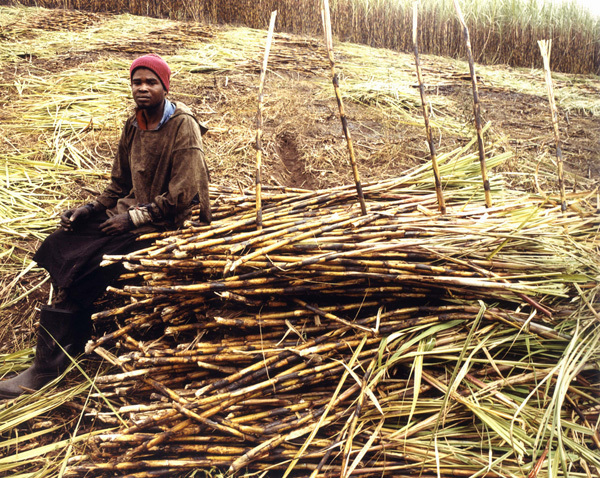
Untitled from Sugar Cane series, 2004. C-print. 82 x 105 cm. Edition 2 of 3. |
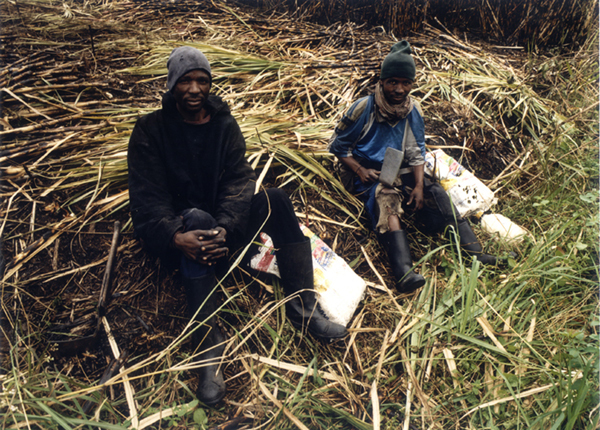
Untitled from Sugar Cane series, 2004. C-print. 82 x 105 cm. Edition 1 of 3. |
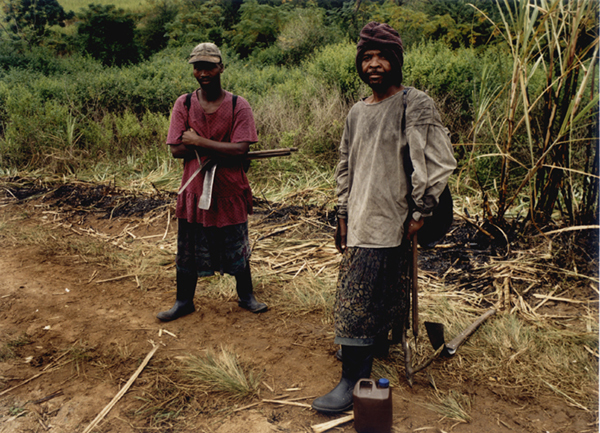
Untitled from Sugar Cane series, 2004. C-print. 82 x 105 cm. Edition 1 of 3. |
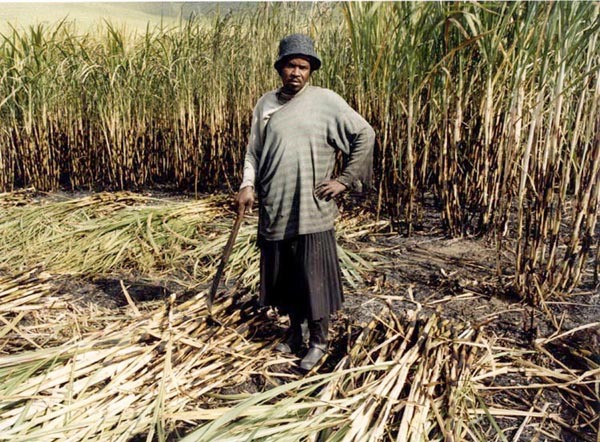
Untitled from Sugar Cane series, 2004. C-print. 150 x 195 cm. Unique edition. |
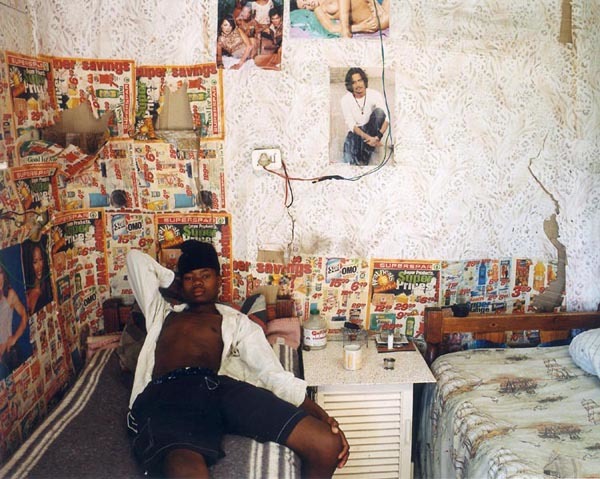
Untitled from Interior serie, 2003. C-print mounted on aluminium. 98 x 130 cm. Edition 2 of 3. |
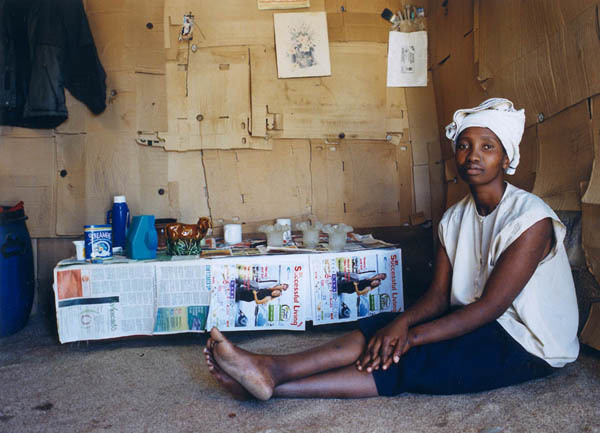
Untitled from Interior series, 2002. C-print mounted on aluminium. 98 x 130 cm. Edition 2 of 3. |
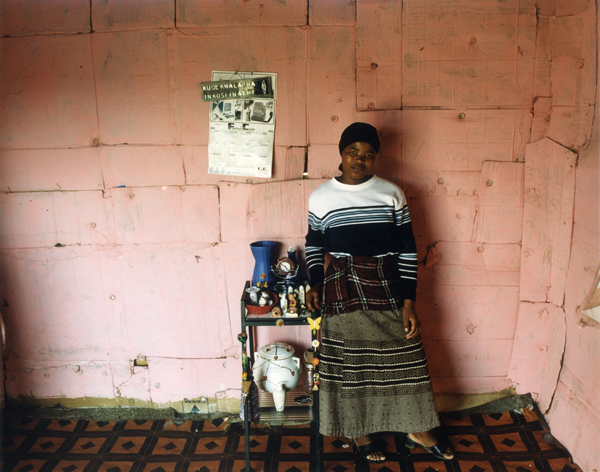
Untitled from Interior series, 2003. C-print mounted on aluminium. 98 x 130 cm. Edition 2 of 3. |
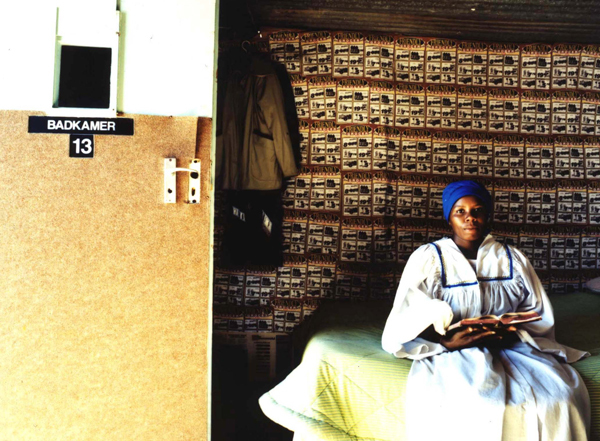
Untitled from Interior series, 2003. C-print mounted on aluminium. 98 x 130 cm. Edition 2 of 3. |
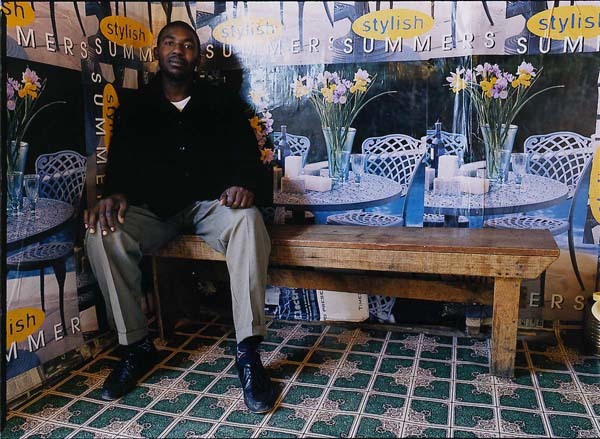
Untitled from Interior series, 2001. C-print mounted on aluminium. 180 x 242 cm. Unique edition. |
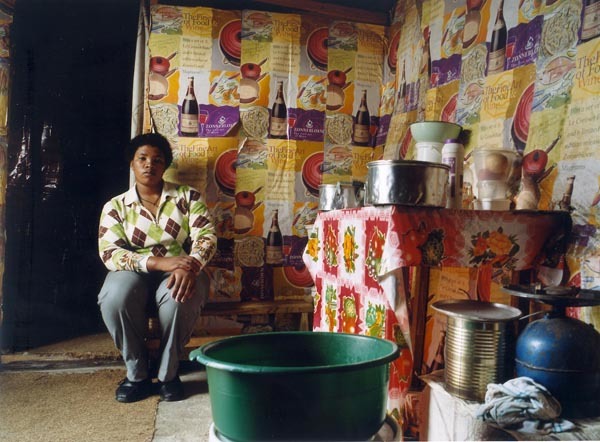
Untitled from Interior series, 2001. C-print mounted on aluminium. 180 x 242 cm. Unique edition. |
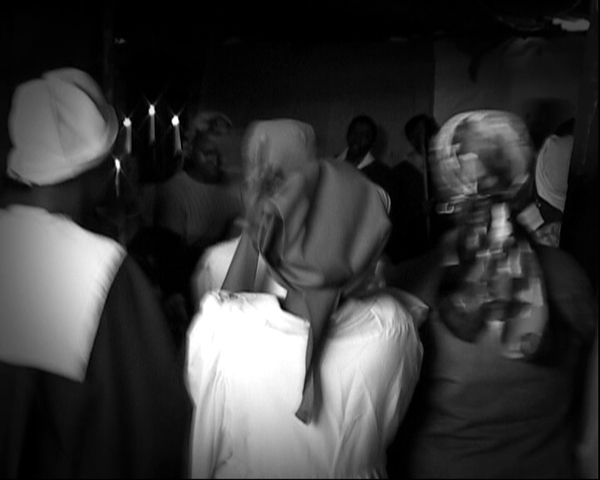
The dance of life, 2006. Black and white video on DVD. 20'. Edition 4 of 5. |
After a graduate in photography at the Fine Arts Michaelis School of Cape Town University (1985), Zwelethu Mthethwa (Durban, South Africa, 1963) obtains the Fullbright grant to study at the Rochester Institute of Technology (U.S.A.), where he followed a master in Imaging Arts. When he gives back to Cape Town, South Africa, he started teaching photography and drawing classes at the Michaelis School of Fine Arts, from 1994 until 1999.
The main characters of his works are immigrants from rural areas of South Africa, who are living at the Cape Town suburbs. Zwelethu’s photography is an attempt to reflect on the network of histories, styles, desires, and products that characterizes the lives of people living on the margins of urban culture. In contrast to grainy black-and-white newspaper images – through which Mthethwa believes South Africa is generally perceived – these images are large, sharp and colourful. For him, colour restores people’s dignity. On his own words: “I cannot imagined how drab the photographs would be in black and white; and how desolate their state would be to the viewer’s eye.” Although, the author’s point of view is always lower than normal one, which it helps to approach people and their lives to the viewer.
In this exhibition, the second at Oliva Arauna’s gallery, Zwelethu Mthethwa shows a movie and three photography’s series: the first series are people working in gold mines, the second sugar cane workers and the third is about rural immigrants at their homes.
In the first gallery space, we can see photographs of the Gold Mine Series. In this series, Zwelethu has photographed miners working, surrounded by theirs tools and materials that constitute their daily lives and perhaps their pride too, remembering us the hardness of the work conditions that the persons who extract the precious metal suffer.
The hardness of the work conditions is also the theme developed in the second room of the gallery, where we find workers in the sugar cane fields. Sugar cane harvesting is closer to forms of industrial labour than it is to most agricultural work because of the harshness of the working environment. The scarred, blackened fields testify to the violence being done to the earth in this kind of farming. Cane must be burnt and then sliced with a machete, and the fields treated with chemical so noxious that the workers employ all kinds of evasive instruments trying to protect themselves. The photographed people had been interrupted by the photographer and they look hard at spectator. Each worker adopts a different attitude: someone looks fixedly, almost in a defiant attitude, like a guardian and owner of these fields; others sit down to refresh themselves.
The works of the last series are antidotes to the cliché of the black victim in South Africa, composed to make their subjects seem particular and less like social abstractions, which is to say less like strangers. Taken in black rural settlements in the vicinity of Cape Town, the pictures are portraits of domestic interiors and their occupants. The houses are makeshift and cramped but the walls are brightly decorated with collages of magazine pages, product labels and advertising posters. Mthethwa’s subjects are free to decide how they want to be depicted, although the photographer has no accessories or clothes to help the models.
Like the photographs of Seydou Keïta, with whom Mthethwa is often compared, these shifts the power to their subjects, who are shown posed rather than captured in candid shots. Their comportment gives them a level of authority that seems almost palpable in their dignified, but nearly confrontational expressions. Politically engaged and visually stunning, the works recall Walker Evans’s documentary images as well as Thomas Struth’s artful portrayals. Zwelethu skilfully bridges the political and the aesthetic.

